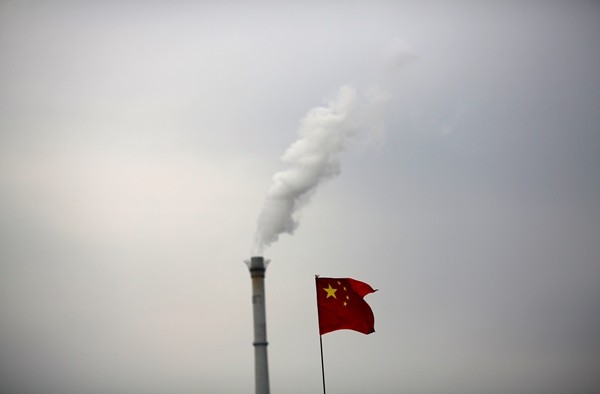Beijing registered a slight drop in smog levels in 2014, recording 204 "good days" and 45 heavily polluted days, the municipal Environmental Protection Agency (EPA) said Sunday.
The average concentration of particulate matter smaller than 2.5 micrometers, known as PM2.5, fell 4 percent from 2013 to 85.9 micrograms per cubic meter, the EPA said. However, the government does not expect to hit the national standard of 35.
Among the 204 good days, 93 were marked with "excellent air quality," 22 days more than in 2013. Despite a 22-percent drop, the city saw 45 days of heavy pollution, nearly one-eighth of the year, spread over nine months except June, August and September, the Global Times reported.
The city government shut down factories, introduced new fuel standard for vehicles and restricted coal use in an attempt to curb air pollution that left the city covered in smog.
The city also witnessed an increase in density of other air pollutants, including nitrogen dioxide and PM10, which grew 1.3 percent and 7.1 percent respectively, Director of the Beijing Municipal Environmental Monitoring Center Zhang Dawei said.
The major reason for the improvement is reduction of strong emissions. Preliminary data suggests that the city reduced emission of sulfur dioxide and nitrogen oxides by 7,200 and 18,000 tons.
Beijing achieved the goal through a series of actions. Coal consumption decreased by 2.6 million tons, 476,000 outdated vehicles were removed from roads and 375 factories were shut down last year.
In 2015, Beijing aims to cut the PM2.5 index by 5 percent and reduce emissions of sulfur dioxide and nitrogen oxides by 6 percent from last year, a goal which experts said is reasonable if the new Environmental Protection Law is successfully implemented.
The generally better meteorological conditions in 2014 than 2013 helped with the air quality improvement. But strict control of pollution sources is even more important, as it can be clearly monitored and actively addresses the root of the problem, professor of environmental sciences at the Chinese Academy of Sciences Zhang Yuanxun said.



























